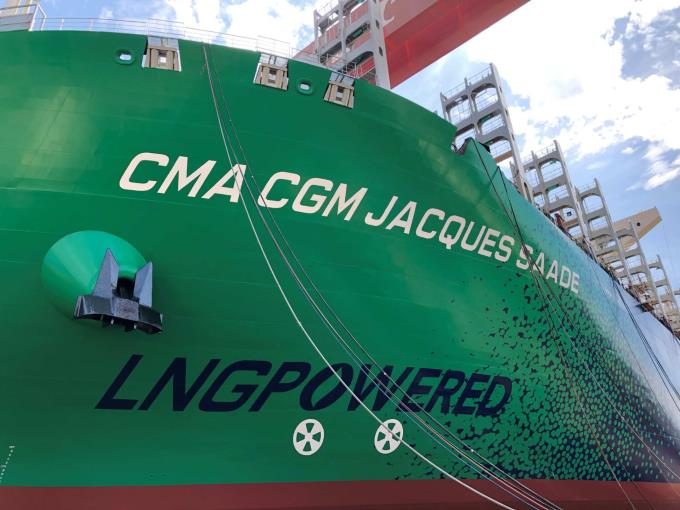MSC adds more ULCVs to orderbook that equates with world's sixth-largest carrier
Undeterred by the threat of additional overcapacity, MSC has ordered a further ten 24,000 teu ...

Despite an explosion of orders, a mounting body of research has revealed that switching to LNG-powered ships might be worse than doing nothing to cut emissions.
And the news has ignited a fierce debate, likely to dominate the IMO’s June MEPC78.
Some 57% of newbuild orders in Q1 were for LNG-powered ships, but the fuel appears to be falling into disfavour.
Countries are now proposing that GWP20 – the indicator of greenhouse emissions’ global warming potential over a span of 20 years – ...
Transpacific sees first major MSC blanks as rates fall and volumes falter
'It’s healthy competition' Maersk tells forwarders bidding for same business
Opposition builds for final hearing on US plan to tax Chinese box ship calls
White House confirms automotive tariffs – 'a disaster for the industry'
New price hikes may slow ocean spot rate slide – but for how long?
Supply chain delays expected after earthquake hits Myanmar
Good start for Gemini, liner schedule reliability data reveals

Comment on this article